Winnie used to be afraid of everything, until she became a big sister.
Top 10 Related Dog Videos
1.
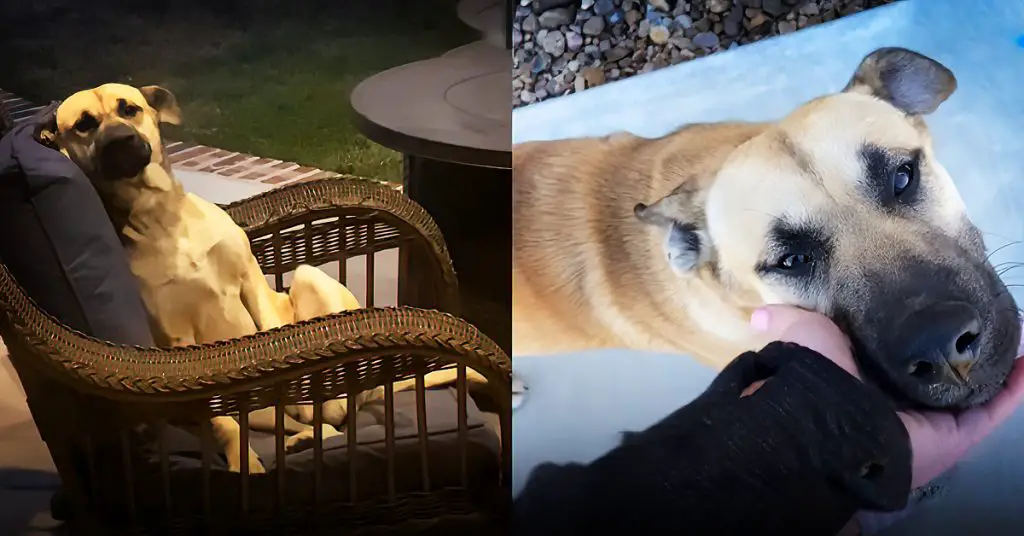 Amy Haden didn’t expect to find a dog on her patio, but took him in and helped him find the perfect forever home. What do ... Read more
Amy Haden didn’t expect to find a dog on her patio, but took him in and helped him find the perfect forever home. What do ... Read more2.
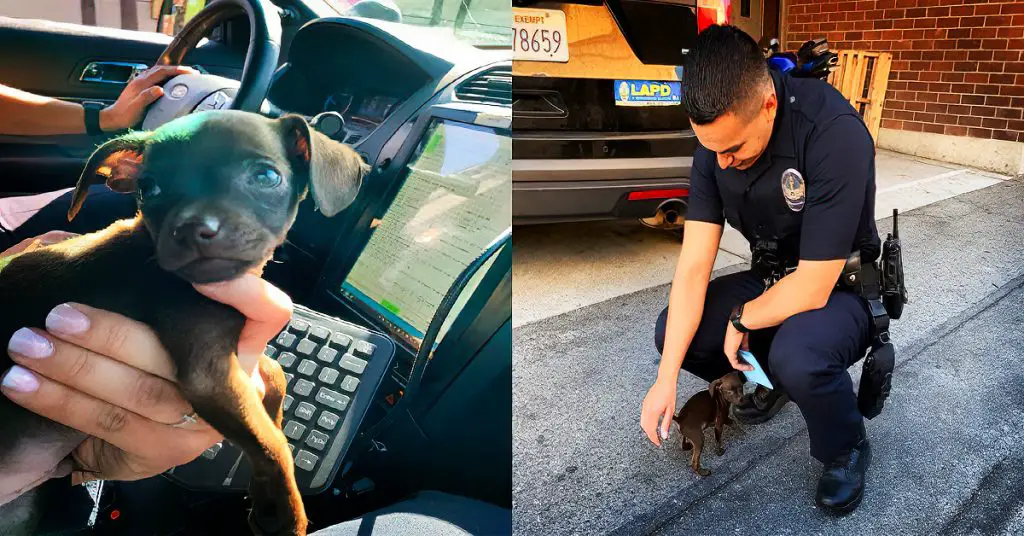 Hobart refuses to leave Officer Mercado’s side until he adopts him. Do small dogs need more attention? While all dogs need attention, small dogs may ... Read more
Hobart refuses to leave Officer Mercado’s side until he adopts him. Do small dogs need more attention? While all dogs need attention, small dogs may ... Read more3.
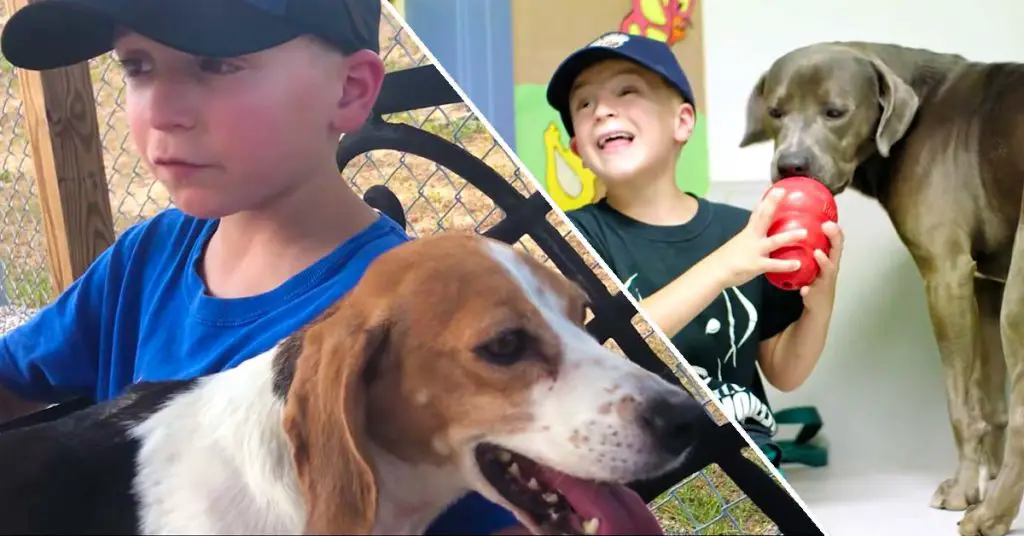 Roman McConn has a mission to save dogs and helps by creating videos of him playing with and talking about each dog before posting the ... Read more
Roman McConn has a mission to save dogs and helps by creating videos of him playing with and talking about each dog before posting the ... Read more4.
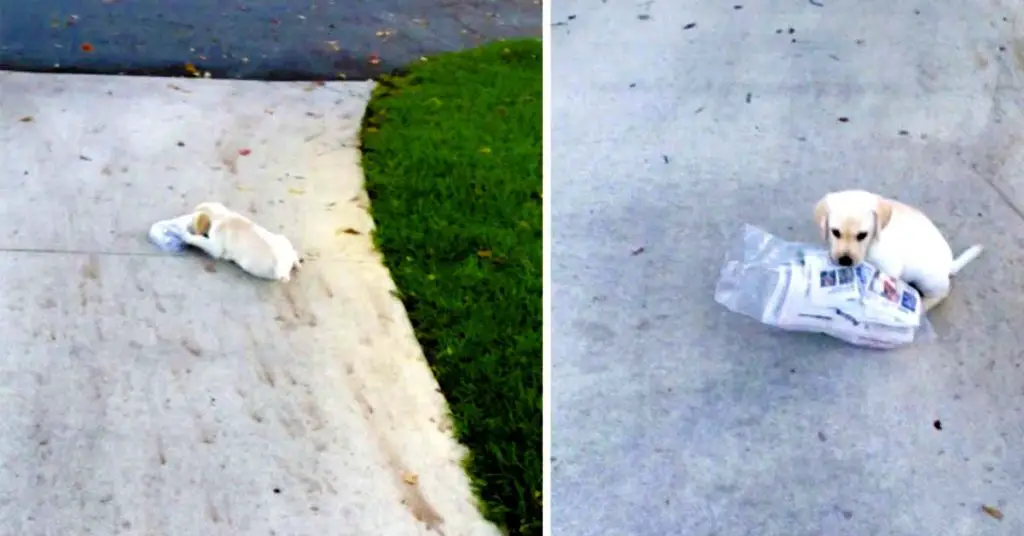 Gracie the Labrador puppy is very determined to fetch the paper that is almost twice her size. If there’s one thing that most dog owners ... Read more
Gracie the Labrador puppy is very determined to fetch the paper that is almost twice her size. If there’s one thing that most dog owners ... Read more5.
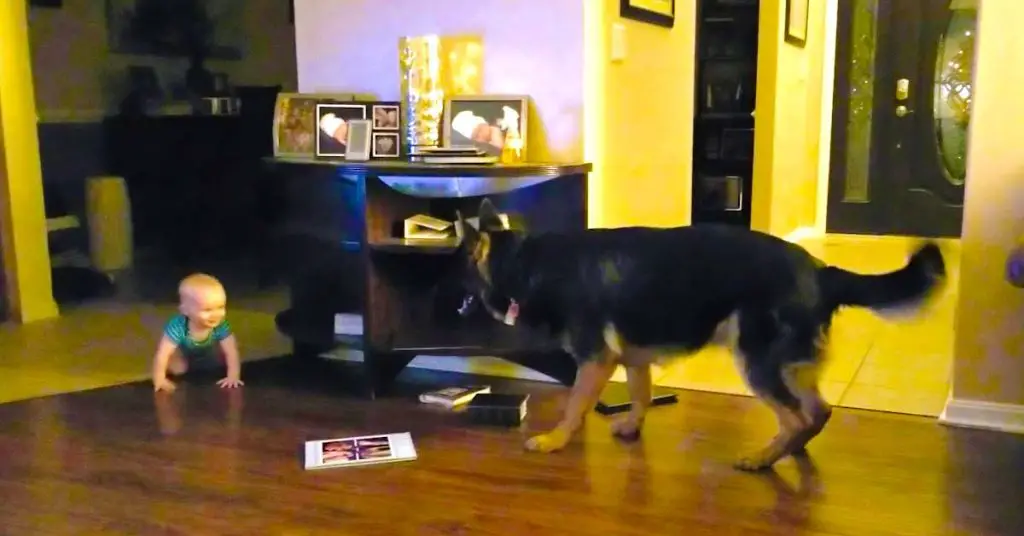 11-month-old Leo plays chase with his furry friend, Zeus. Little Leo giggles and crawls after him as Zeus zooms around the living room. They’re so ... Read more
11-month-old Leo plays chase with his furry friend, Zeus. Little Leo giggles and crawls after him as Zeus zooms around the living room. They’re so ... Read more6.
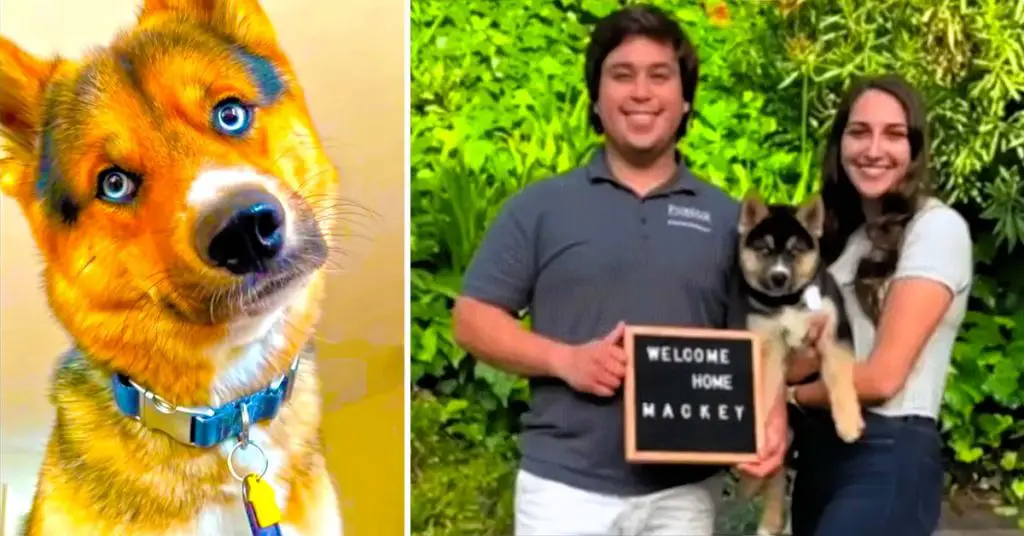 It ended up being for the best. This sweet couple adopted him. Mackey and his dad are goofballs and they’re funny to watch. You wouldn’t ... Read more
It ended up being for the best. This sweet couple adopted him. Mackey and his dad are goofballs and they’re funny to watch. You wouldn’t ... Read more7.
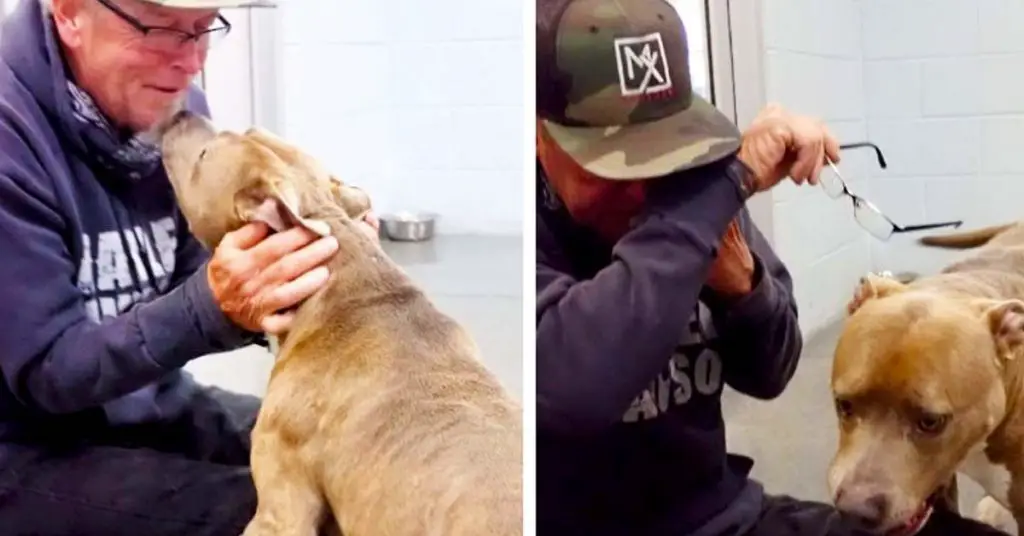 Blue’s dad never thought he’d see his beloved companion again, but their emotional reunion is so heartwarming. How do dogs react when people cry? It’s ... Read more
Blue’s dad never thought he’d see his beloved companion again, but their emotional reunion is so heartwarming. How do dogs react when people cry? It’s ... Read more8.
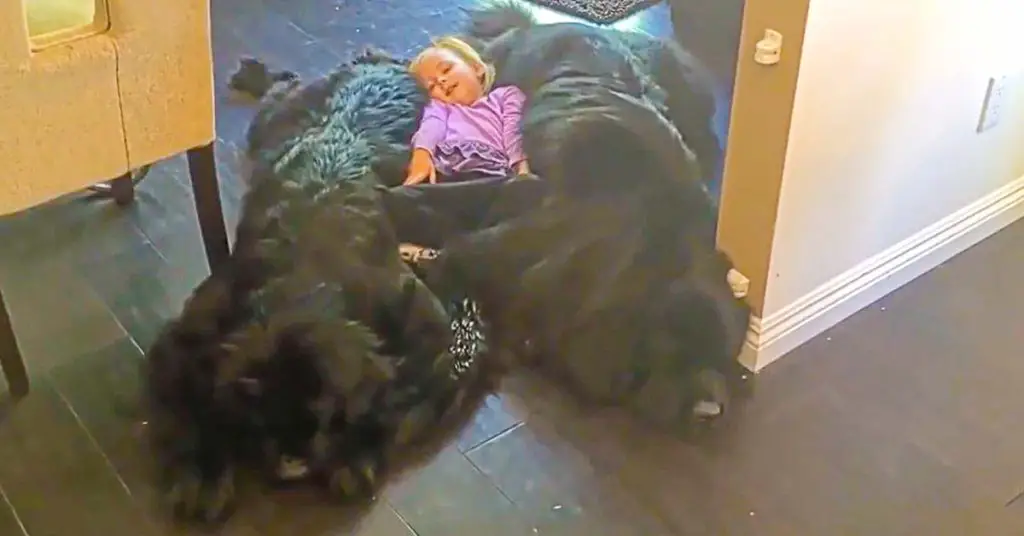 Sierra is living her dream life snuggled with her giant Newfoundland dogs. She has a very special bond with her dogs and they are perfectly ... Read more
Sierra is living her dream life snuggled with her giant Newfoundland dogs. She has a very special bond with her dogs and they are perfectly ... Read more9.
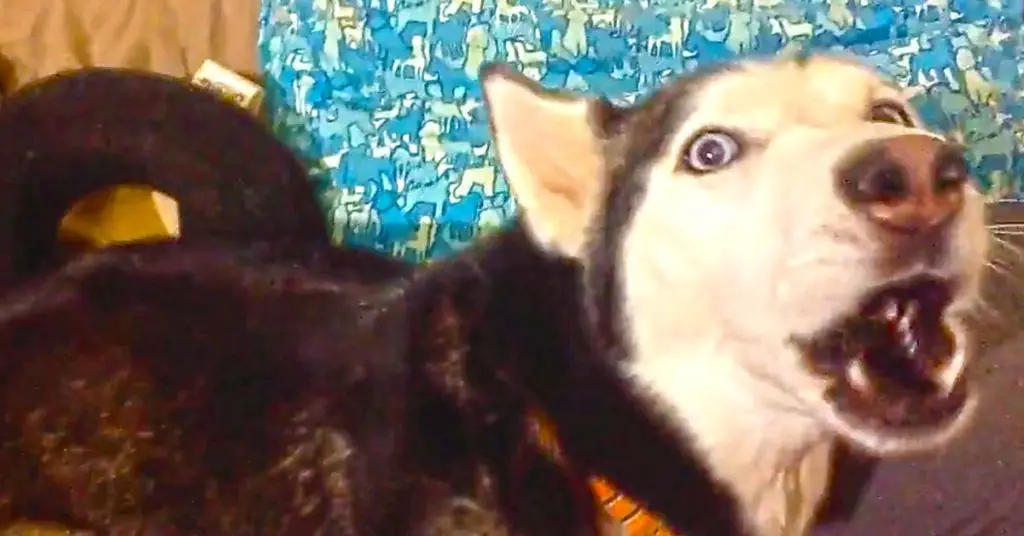 Mya the Husky was sprayed with a flea spray and she was very mad about it. She wouldn’t look at her human until she started ... Read more
Mya the Husky was sprayed with a flea spray and she was very mad about it. She wouldn’t look at her human until she started ... Read more10.
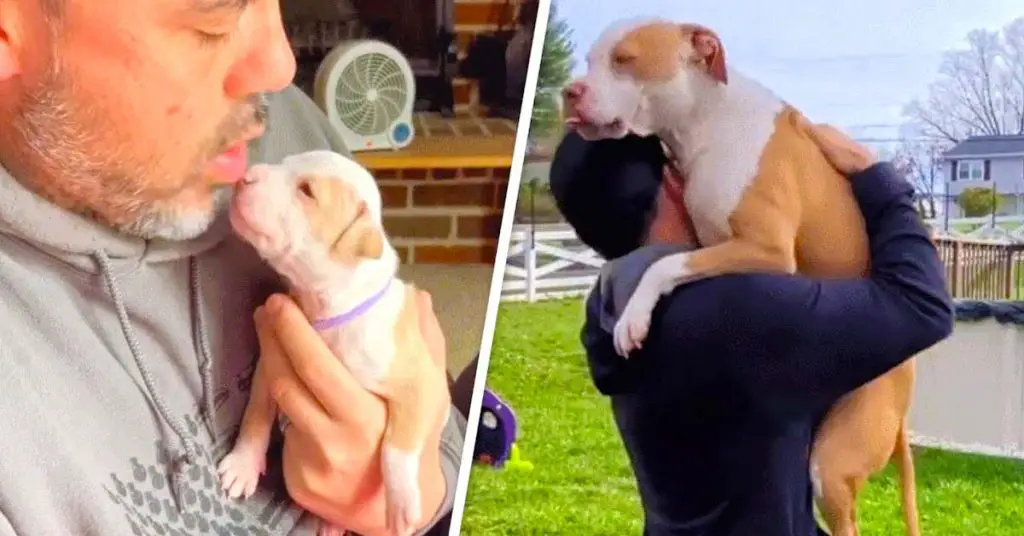 Annabelle has been daddy’s girl since she was 3-weeks-old, and some things never change. Even though she’s all grown up, this pitbull thinks she’s still ... Read more
Annabelle has been daddy’s girl since she was 3-weeks-old, and some things never change. Even though she’s all grown up, this pitbull thinks she’s still ... Read more
Helping Dog with Anxiety: Effective Strategies for Calming Your Pet
Understanding Dog Anxiety
Anxiety in dogs is a common condition that manifests in various behavioral changes. It is a normal emotion, but when persistent, it merits attention and potential intervention. Recognising signs of anxiety is crucial for effective management and can enhance a dog’s quality of life.
Common Signs
Dogs may exhibit anxiety through:
- Excessive barking or howling
- Unusual aggression
- Restlessness or pacing
- Repetitive or compulsive behaviors
Triggers
Anxiety triggers are diverse, ranging from environmental factors to changes in routine:
- Loud noises (e.g., thunderstorms, fireworks)
- Separation from owners
- New environments or people
- Other animals or pets
Physical Symptoms
Anxiety might not always be obvious through behavior alone. Physical symptoms can include:
- Excessive panting or drooling
- Shivering or shaking
- Loss of appetite
Long-Term Effects
If left unaddressed, anxiety can lead to:
- Destructive behavior
- House soiling
- Declines in physical health
Understanding that dog anxiety is a significant issue is the first step in helping affected pets. Early recognition and proactive management can prevent more severe anxiety disorders. Owners should consider consulting with a veterinarian if they notice signs of anxiety in their dogs.
Strategies for Mitigation
Effective management of a dog’s anxiety requires a multi-faceted approach that can include creating a serene atmospheres, training interventions, and regular physical activity to promote their overall well-being.
Creating a Calm Environment
Creating a reassuring space can greatly reduce a dog’s anxiety levels. Owners should identify a quiet area in the home where the dog feels safe. This can be enhanced with:
- Soft bedding: Provide comfortable blankets that carry the owner’s scent.
- Soothing sounds: Low-volume, calming music or white noise can mask stressful outside noises.
- Familiar toys: These can act as comfort objects for dogs.
Desensitization and Counterconditioning
Desensitization involves gradual exposure to the source of anxiety at a level that doesn’t provoke a full anxious response, while counterconditioning associates the anxiety-inducing stimulus with something positive. Steps include:
- Identify the anxiety triggers.
- Expose the dog to the trigger at a low intensity.
- Pair the exposure with positive reinforcement, like treats or affection.
Consistent Exercise and Play
Physical activity is pivotal for an anxious dog’s mental health. Owners should:
- Establish a regular exercise schedule to help burn off excess energy.
- Engage in interactive play to provide mental stimulation and strengthen the human-animal bond.
- Introduce new toys to keep playtime interesting and challenging.
Professional and Medical Support
When a dog exhibits signs of anxiety, it is crucial to consider professional and medical support options. This can involve consulting with a veterinarian, engaging in behavioral training, and potentially administering anxiety medications or supplements under professional guidance.
Consulting a Veterinarian
A veterinarian can accurately diagnose anxiety, rule out any underlying medical conditions, and provide a tailored treatment plan. They may perform a physical examination, review the dog’s history, and discuss the dog’s behavior with the owner.
Behavioral Training with a Professional
A professional dog trainer or a veterinary behaviorist can work with dogs suffering from anxiety through tailored behavioral training. This training aims to modify the dog’s response to stress-inducing stimuli through positive reinforcement and conditioning.
Anxiety Medications and Supplements
For some dogs, a veterinarian may prescribe medications or recommend supplements to manage anxiety. Options include:
- Prescription Medications: Often used for severe cases; may include SSRIs or benzodiazepines.
- Natural Supplements: Such as L-Theanine, pheromone products, or CBD oil, which may help to soothe milder forms of anxiety.
Each intervention should be considered based on the individual needs of the dog, and ongoing evaluation is essential to ensure the effectiveness of any treatment.